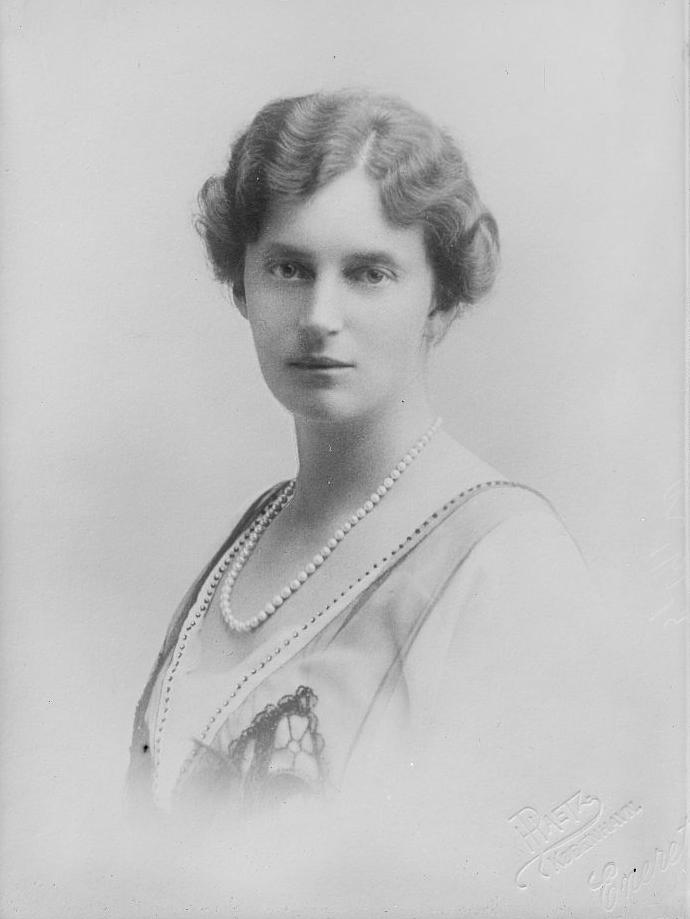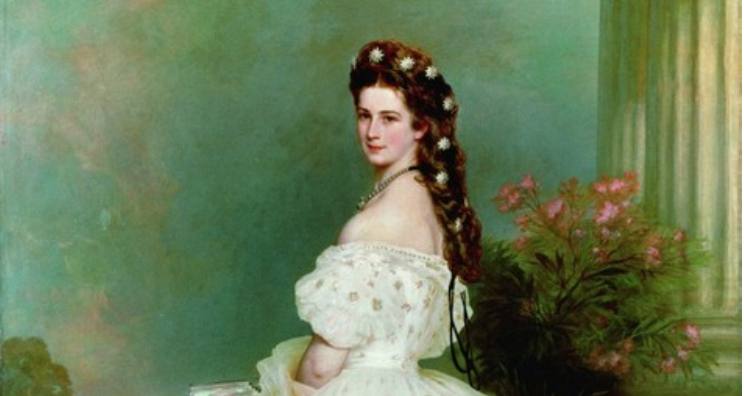
The Christmas story begins, of course, with a baby and there’s something about a Christmas birthday that makes it all the more interesting, even if mean relatives do double up on presents. Some of the most intriguing royal stories of all have begun on Christmas Eve, leading to lives filled with romance, tragedy and drama.
King John of England
Let’s start with the birth of a king. It’s not the happiest of starts, admittedly, as our tale of royal Christmas Eve babies begins with John of England. Born on December 24th 1166, at Beaumont Palace, Oxford, he was the youngest child of that mighty medieval power couple, Henry II and Eleanor of Aquitaine.
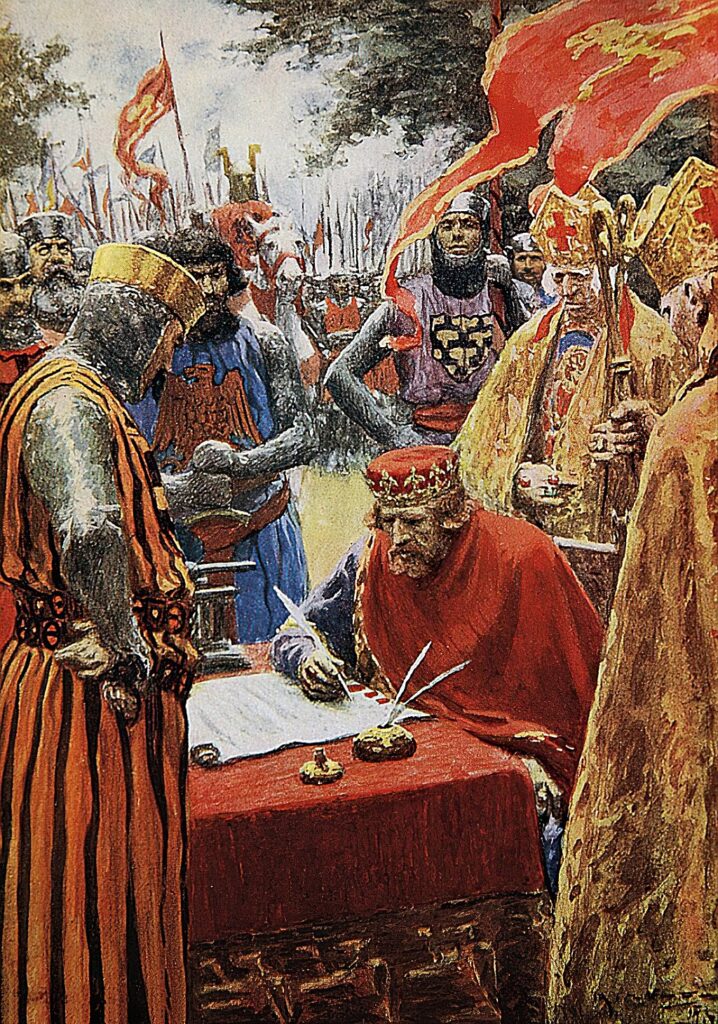
An idealised interpretation of King John signing the Magna Carta (Arthur C. Michael (d. 1945), Public domain, via Wikimedia Commons)
Indulged by his mother, he was also last on the list for inheritances given his lowly spot in the royal birth order and ended up with the nickname ‘Lackland’. But John’s huge ambition saw him grab the throne in controversial circumstances on the death of his older brother, Richard I, in 1199, thus beginning a reign usually described as dismal. His talents didn’t match his ambitions and he went on to lost a large chunk of his French lands to King Philip II of France, leading to the collapse of the Angevin Empire. The barons in England were far from impressed and forceed the king to sign the Magna Carta in 1215, the famous charter of rights. John continued to oppose it until his death in 1216.
Prince Honore II of Monaco
Next comes the man who was first to be called ‘Prince of Monaco’. Honore II was born on December 24th 1597, the son of Hercule, Lord of Monaco. His father was murdered in 1604 and Honore became Lord, under the regency of an uncle.

By Philippe de Champaigne, Public Domain, Wiki Commons
Tiny Monaco was involved in a tug of war between mighty France and Spain and when the young ruler’s regent allowed Spanish troops to occupy the area, he began a chain of events that would lead to Monaco’s rulers calling themselves ‘Prince’, a title that was formally recognised by King Philip IV of Spain in 1633. Honore II ruled his principality until his death in 1662.
Mariana of Austria, Queen of Spain
King Philip IV of Spain also had a leading role in the life of our next Christmas Eve baby. He was her uncle as well as her husband. Maria Anna of Austria was born on December 24th 1634, the daughter of Philip’s sister, Maria Anna, and her husband, Ferdinand, who became Holy Roman Emperor in 1637.
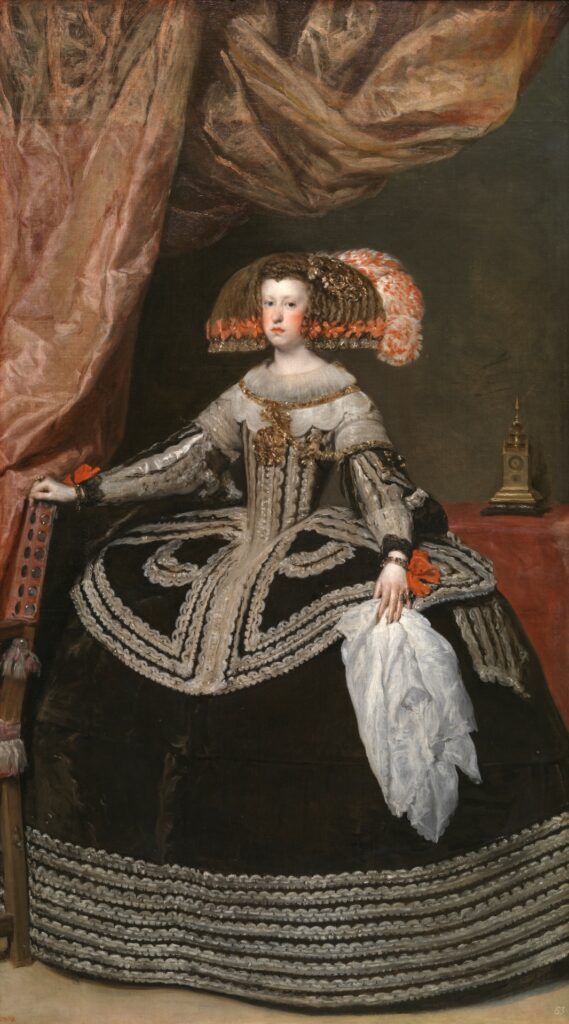
By Diego Velázquez – Public Domain, Wiki Commons
The young Maria Anna was meant to wed Philip’s son, Balthasar Charles, but he died several months after their engagement and in 1649 she ended up marrying her uncle, a fairly usual practice among her Hapsburg family. Known as Mariana after her marriage, she became regent of Spain in 1665 on the death of her husband and the accession of their three year old son as King Charles II. She remained an influential political figure until her death in 1696.
The Empress ‘Sisi’
She is one of modern European royalty’s most romanticised figures and the story of Elisabeth of Austria began on that magical day, Christmas Eve. Elisabeth Amalie Eugenie, Duchess in Bavaria was born on December 24th 1837. Known as ‘Sisi’, she married her cousin, Franz Joseph I in 1854 after a whirlwind romance and became Empress of Austria.
She was widely admired for her beauty and passion for fashion.However, she was never happy in her new home and struggled to find a role for herself. She also experienced serious mental health issues. The death of her only son, Rudolf, in the Mayerling Incident in 1889 led to further depression and reclusiveness. The Empress Sisi was murdered by an anarchist in Geneva in 1898.
King George I of Greece
Another popular royal whose life ended in tragedy began as a Christmas Eve baby. William of Schleswig-Holstein-Sonderburg-Glücksburg was born on December 24th 1845 in Copenhagen, the second son of Christian of Schleswig-Holstein-Sonderburg-Glücksburg and Louise of Hesse-Kassel. The family were relatively minor royals until Christian was chosen as heir to the throne of Denmark, succeeding in 1863, just months after William had been elected to rule Greece by the country’s parliament.
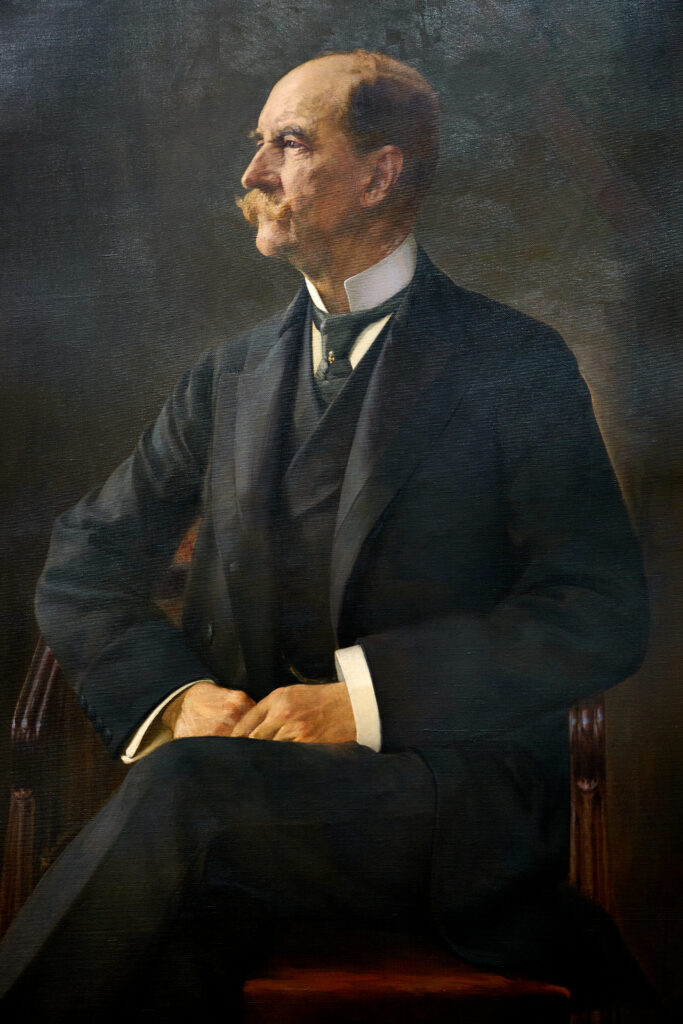
By Georgios Jakobides, Public Domain, Wiki Commons
Known as King George I, his rule was largely successful but marked by political instability in later years. In 1913, just before his golden jubilee, he was shot dead by a man in Thessaloniki who claimed he had acted after the king refused to give him money. George I’s descendants include Prince Philip, Duke of Edinburgh, King King Felipe VI of Spain and Constantine II of Greece.
Queen Alexandrine of Demark
The matriarch of the current Danish royal family was born on Christmas Eve in 1879. Alexandrine of Mecklenberg-Schwerin married Christian IX’s grandson, Christian, in 1898 when she was 18 and became Crown Princess of Denmark in 1906. Her husband became the country’s king on the unexpected death of his father, Frederik VIII, in 1912.
Queen Alexandrine was known for her interests in the arts but, as World War Two loomed, she took an active role in energising support for Denmark. She and her husband were seen as vital symbols of resistance during the Nazi occupation and became hugely popular. Alexandrine was widowed in 1947, seeing her son succeed as Frederick IX. She died in 1952, just months before her granddaughter, Margrethe, was confirmed officially as heir to the throne.


